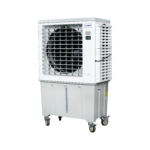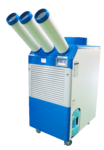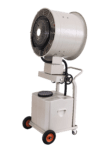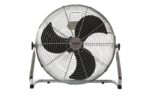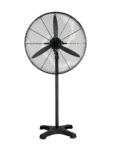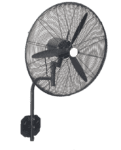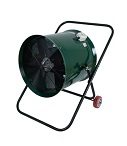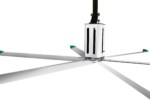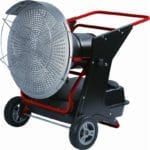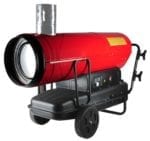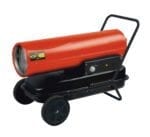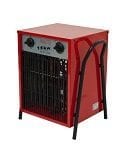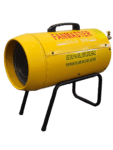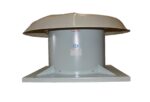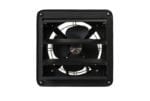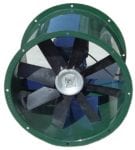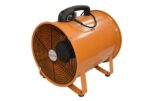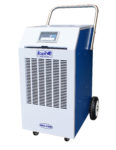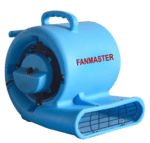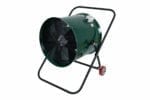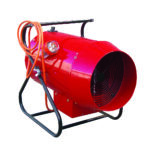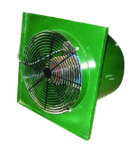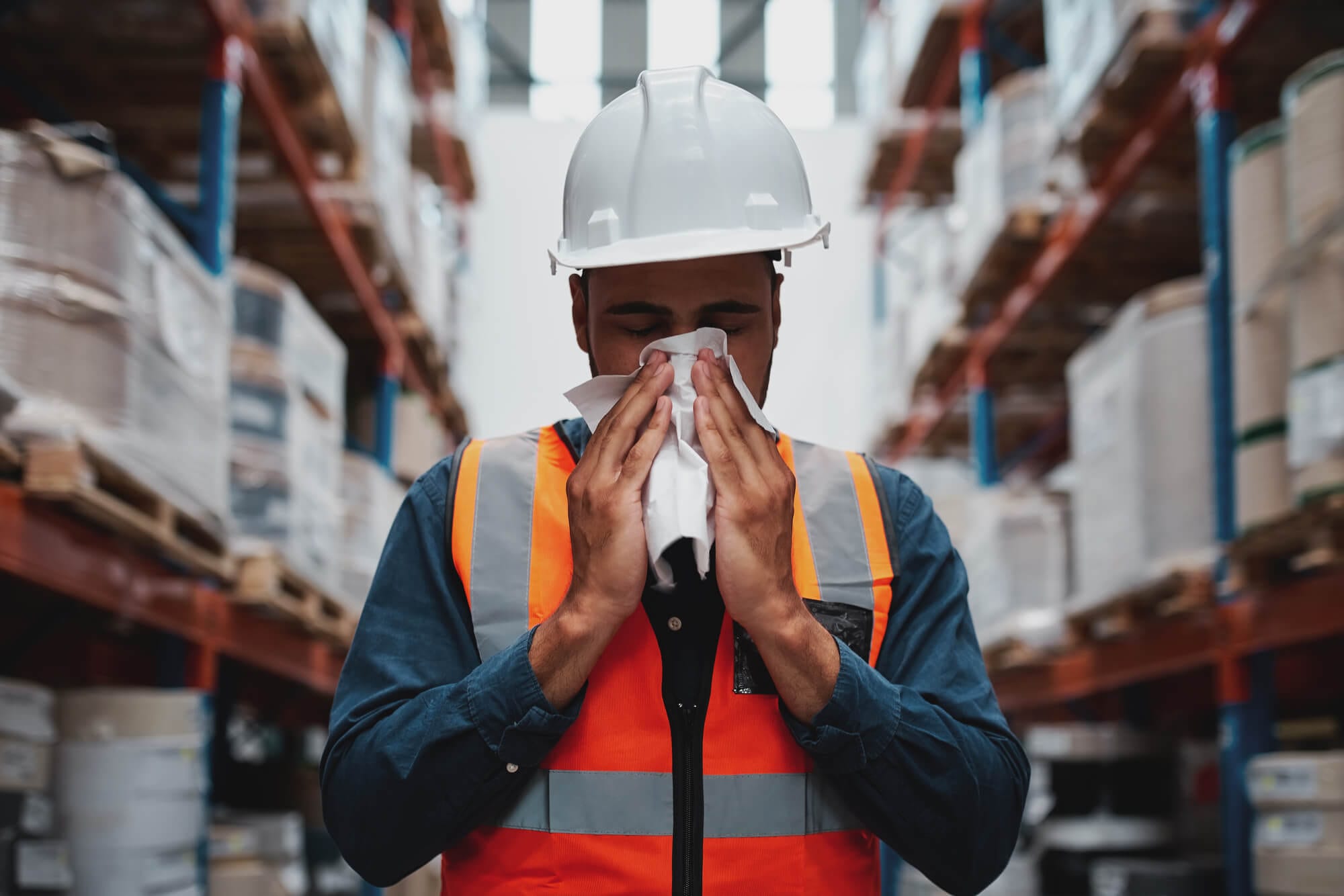
May 18, 2021
2021 Winter Guide: Turning Up the Heat for Workplace Health and Safety
The winter season comes with lots of challenges for everyone. Among the several challenges Australians face, thermal discomfort is one of the most critical ones for businesses in the country.
Regardless of your industry or sector, thermal discomfort can negatively impact productivity in the workplace. It affects workplace health and safety, ultimately resulting in a drop in worker’s morale and work performance. Turning up the heat is considered a necessity during winter.
Why You Should Take Thermal Discomfort Serious During Winter
Most times, when we discuss thermal discomfort, the emphasis is always on heat. But thermal discomfort includes excessive heat or cold. It can happen in any poorly controlled environment at any time of the year, but the likelihood increases during winter and summer.
Extreme cold is a higher level of thermal discomfort. It does not only reduce morale and work performance but can lead to serious illnesses and injuries. Employers are required by law to provide a work environment without risk to workers’ health and safety.
How to Turn Up the Heat for Workplace Health and Safety
We can’t overemphasise the need to keep your work environment comfortable at all times of the year. Here are some of the best ways to do that during winter:
1. Get Your Insulation Priorities Right
Your office needs insulation at all times of the year. It becomes more necessary during the winter and summer seasons. Getting your insulation right will keep the cold out and improve heating efficiency.
2. Invest In the Right Heating System
The heating system you use in your office or any other work environment will affect your business in many ways. With the right heating system, you will be able to turn up the heat at the lowest possible cost. The implication is that you will maintain workplace health and safety without burning your budget.

3. Keep Everything Closed
Winter is here – it is time to shut the doors and windows. Australian winter can be severe, so there shouldn’t be any room for mistakes when it comes to keeping indoor spaces warm. Close doors and windows always. You can even add a few under-door seals to improve heating efficiency.
4. Focus On People, Not the Office Space
Sometimes, focusing on the entire office or commercial space can be a waste of resources. Thermal comfort should be for the people in the workplace. You can even rearrange the office setting to make sure that heating is done to serve the interest of workers and not just to warm the office.

5. Monitor and Measure Thermal Comfort
It may be necessary to monitor and measure thermal comfort in your office environment. This becomes very necessary if a worker complains of thermal discomfort. You can hire a qualified person to assess air quality and thermal comfort. Fanmaster can then offer you a lasting solution.
Turning up the heat is important to maintain workplace health and safety in Australia during summer. The five tips discussed here can help you do that. If you need more information on the heating and colling solutions that can assist you in reaching thermal comfort, you can contact us to get started.
